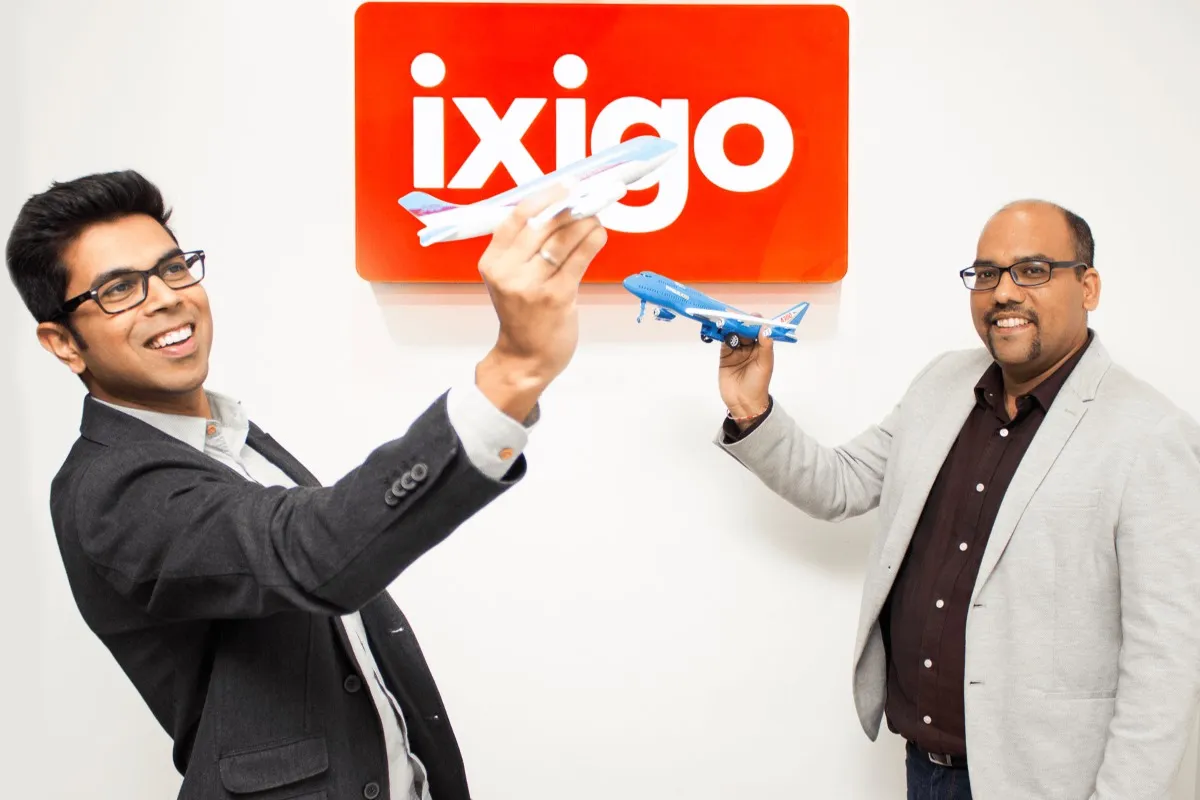American Airlines Finds Travelers Not Avoiding the Boeing 737 Max as Many Feared

Skift Take
The question of whether travelers would board a Boeing 737 Max again has plagued the planemaker and airlines since the jet was first grounded more than 21 months ago.
Did Boeing need to rebrand the plane? Was a confidence-boosting ad blitz needed once the jet returned? All were posed during the nearly two years that the aircraft was idled, its problems identified, fixed and ultimately re-certified by the Federal Aviation Administration in November.
The concerns were not unfounded. Numerous surveys found flyers weary of the jet whose systems were faulted in two crashes that took the lives of 346 people. In December, a Reuters/Ipsos opinion poll found that as many as 57 percent of respondents were not likely to fly on a Max again. And just over a month earlier, Southwest Airlines executives said that only a “minority of customers” were uncomfortable flying on the jet.
American Airlines put the question to the test when it returned the 737 Max to revenue service on December 29. During the week since, the Fort Worth, Texas-based carrier operated 14 flights with the 737 Max 8 between Miami and New York LaGuardia. Passengers were notified ahead of time that they were on the jet and everyone was given the option to change their travel plans — at no extra cost — to a flight operated by something other than a Max if they preferred.
And what happened?
“We aren’t seeing data to suggest customers don’t want to fly the aircraft,” American spokesperson Sarah Jantz told Skift. In fact, all but one of the flights flown between December 29 and January 4 were more than 90 percent full — an impressive number given the airline’s loads averaged just 65 percent during the first nine months of 2020.
But the fact that American’s first Max flights were full may not tell the whole story. Flights on the first day of service carried numerous officials and aviation fans commonly known as avgeeks. And the days after covered the New Year's holiday, including some of the busiest for U.S. airlines since the coronavirus pandemic began.
Few people are likely to make a significant change to their travel plans based solely on the type of jet once they are at the airport, Atmosphere Research Group president Henry Harteveldt told Skift. Where people may opt for a non-Max operated flights is during booking, he added.
“The truth is that far fewer people will actively avoid flying on the Max than claim they will do so in a research study,” said Harteveldt.
And this is likely even with the majority of travelers checking what type of plane they are flying on before they travel. As many as two-thirds of business travelers and roughly half of leisure flyers check the aircraft, Atmosphere Research found in a 2019 U.S. travel study. However, most of these queries focus on what amenities are available, or whether the plane is a larger mainline model — think Airbus A320 or 737 — rather than a small, often cramped regional type.
During its first week back in U.S. skies, all accounts indicate that the 737 Max performed as it should. All but one of American’s 14 flights arrived on-time or early, and none were cancelled, according to data from flight tracking website Flightradar24. The one delayed flight was due to the temporary closure of the Jacksonville Air Traffic Control Center for Covid-related cleaning on Monday.
Dennis Tajer, a spokesperson for the Allied Pilots Association that represents cockpit crews at American, told Skift that the no pilots filed negative reports regarding the Max during the week.
On Tuesday, American expanded its Max operations to eight flights a day including ones between its Miami hub and New York JFK, Orlando and Washington Reagan National. Operations will expand to as many as 38 daily flights by February and up to 91 a day by the beginning of March.
American joined Aeromexico and Brazilian carrier Gol in resuming 737 Max flights in December. Other operators plan to resume operations this year. In the U.S., United Airlines plans to reintroduce the jet on February 11; Alaska Airlines will debut it on March 1; and Southwest plans to bring it back sometime later in March.
And despite the grounding, the Max stands to make up a significant portion of airline fleets in the years ahead. The coronavirus pandemic allowed many carriers, including American and Alaska, to accelerate the retirement of older, less efficient jets in favor of newer and most efficient models. The Max is the newest and most efficient variant of Boeing's workhorse 737 family that already makes up a large proportion of the global narrowbody fleet.
Many experts expect the Max to follow the trajectory of other jets that were grounded. For example, once the McDonnell Douglas DC-10 returned to service after a fatal crash and 37-day grounding in 1979, it continued to fly in U.S. fleets into the 21st century. Barring any further incident, the Max will likely do the same.
“After this first couple of weeks of operations, we won’t hear much about the MAX if all goes well,” said Harteveldt. “And that’s a good thing.”




